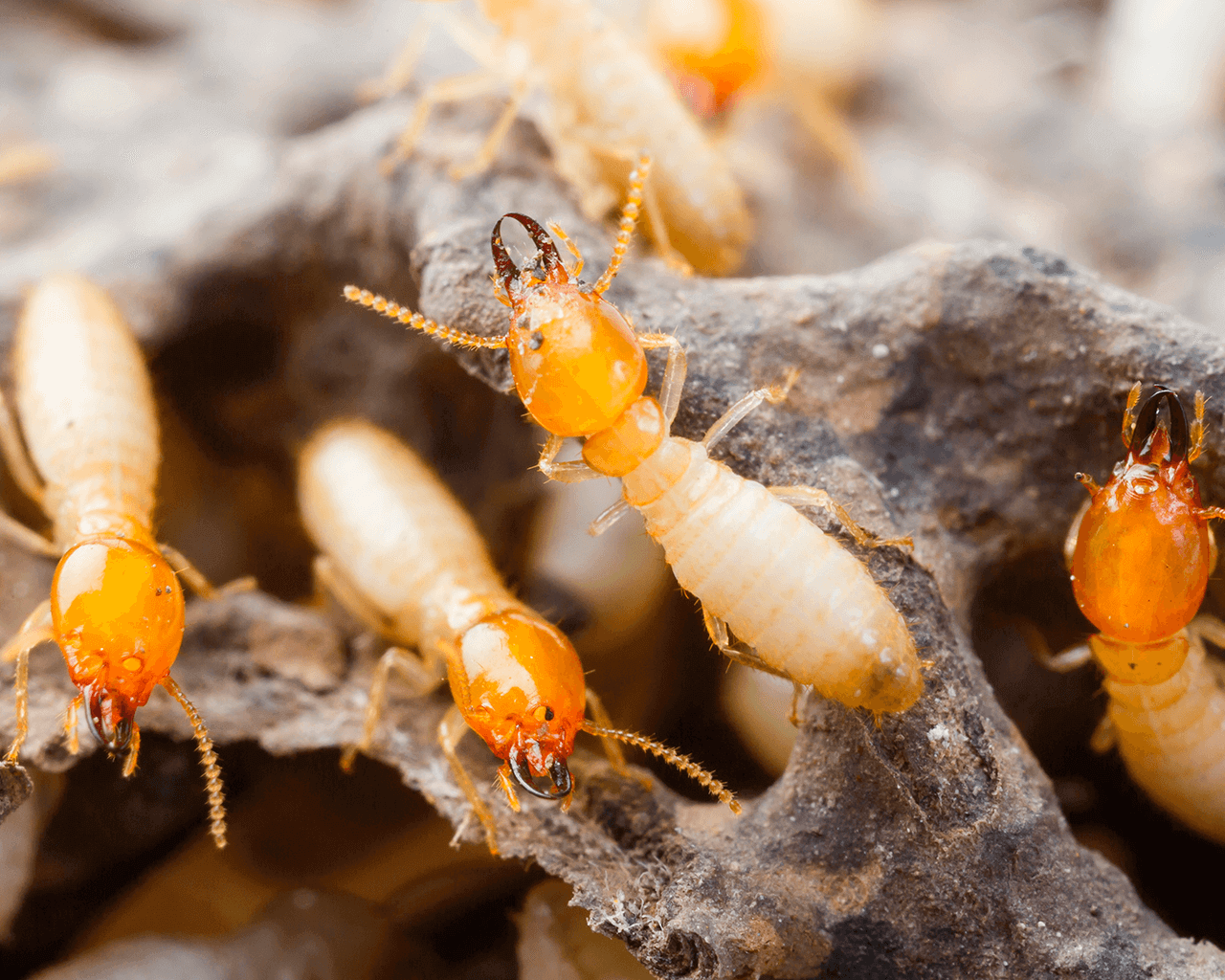San Antonio is located in a geographic zone where termite pest activity is considered “very heavy,” making annual termite inspections highly recommended within homes in the city. The most destructive termite species in San Antonio, Reticulitermes flavipes, is a native species that is responsible for inflicting the majority of termite damage annually in the US. This species is more commonly known as the “eastern subterranean termite,” and while it’s the most destructive termite pest in the country, several other economically significant termite species can be found in San Antonio. One of these species, C. formanosus, is a non-native species that is believed to have arrived in the US immediately after World War Two ended more than 70 years ago. This species is more commonly known as the “Formosan subterranean termite,” and it was first discovered in the US when colonies were recovered near Houston in 1965. The Formosan subterranean termite has established an invasive population along the Gulf Coast where it is the most common termite pest in urban cities like New Orleans, Mobile and Houston. This highly destructive species is present in San Antonio, but luckily for residents, it remains less common than native subterranean termite species in the city.
Subterranean termites dwell in colonies located below the ground where their survival is heavily dependent on constant contact with moist soil. In fact, subterranean termites rapidly dry up and die when exposed to the outside air. Subterranean termite workers often encounter structural wood in contact with the ground soil while foraging, and this is how infestations commonly start. However, modern residential building codes require structural wood members to be elevated at least 18 inches from the ground in order to prevent subterranean termite infestations from occurring. Unfortunately, workers can still reach above-ground structural wood by building air tight “mud tubes” that protrude from the ground. These mud tubes are often found situated vertically along foundation walls where they penetrate cracks and crevices to reach interior structural wood. The presence of these mud tubes on foundation walls is normally the first sign that an infestation has been established.
Have you ever found termite mud tubes anywhere on or within your home?







